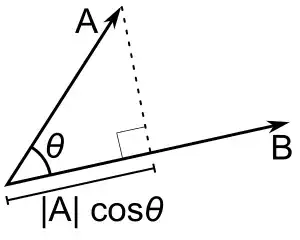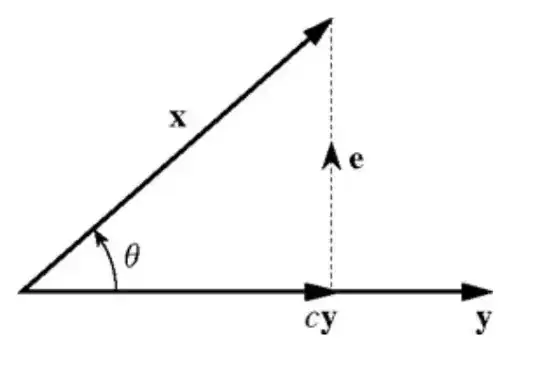I'm not looking for a mathematical proof; I'm looking for a visual one. I'm having trouble understanding (in my mind's eye) why the dot product of two vectors V and W produces a scalar that is less than the length of V multiplied by the length of W.
In using the dot product, we are producing a parallel vector, correct? Could we not further say that we are simply applying vector W to vector V in order to produce a vector that is the original length of V multiplied by the length of W -- thus a vector parallel to V? For example, if we let vector W be a unit vector (with length of one), then the dot product of V and W would give us a scalar that, when applied to V, produces V again. Would this not be the same as the length of V multiplied by the length of W (given that the length of W is equal to one)?
For that reason, why wouldn't the dot product of V and W always be equal to the length of V multiplied by the length of W? Why would it be less (unless V = cW for any scalar c?)

